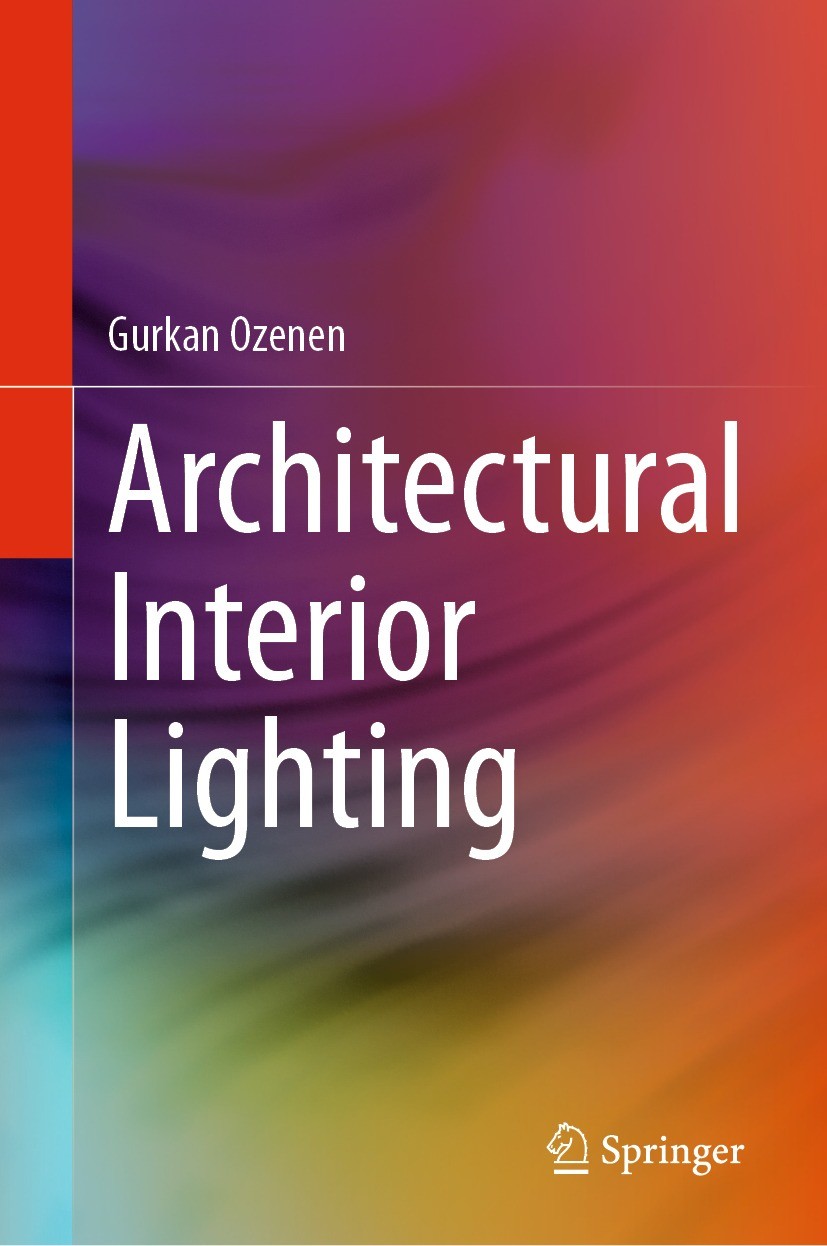| 期刊全称 | Architectural Interior Lighting | | 影响因子2023 | Gurkan Ozenen | | 视频video | http://file.papertrans.cn/162/161263/161263.mp4 | | 发行地址 | Covers lighting fundamentals and advanced lighting design principles ;.Includes clear explanations of technical terms and concepts and case studies of lighting design projects;.Provides practical guid | | 图书封面 |  | | 影响因子 | .Architectural Interior Lighting. is an essential guide to creating well-lit, visually appealing interior spaces. The book begins with an overview of light and color theory, lighting fundamentals, and design principles. It then covers artificial, natural, decorative, and professional lighting in interior design, as well as standards and regulations, controls and systems, sustainable lighting, energy efficiency, light pollution reduction, and the use of environmentally friendly materials. With a focus on practical applications and real-world examples, this book provides readers with the tools and knowledge necessary to achieve their design goals while considering the latest trends and techniques in the field. A valuable resource for professionals and students in architecture and lighting design, it will also appeal to anyone interested in creating visually stunning and functional interior spaces.. | | Pindex | Book 2023 |
The information of publication is updating

|
|
 |Archiver|手机版|小黑屋|
派博传思国际
( 京公网安备110108008328)
GMT+8, 2025-11-15 18:48
|Archiver|手机版|小黑屋|
派博传思国际
( 京公网安备110108008328)
GMT+8, 2025-11-15 18:48


